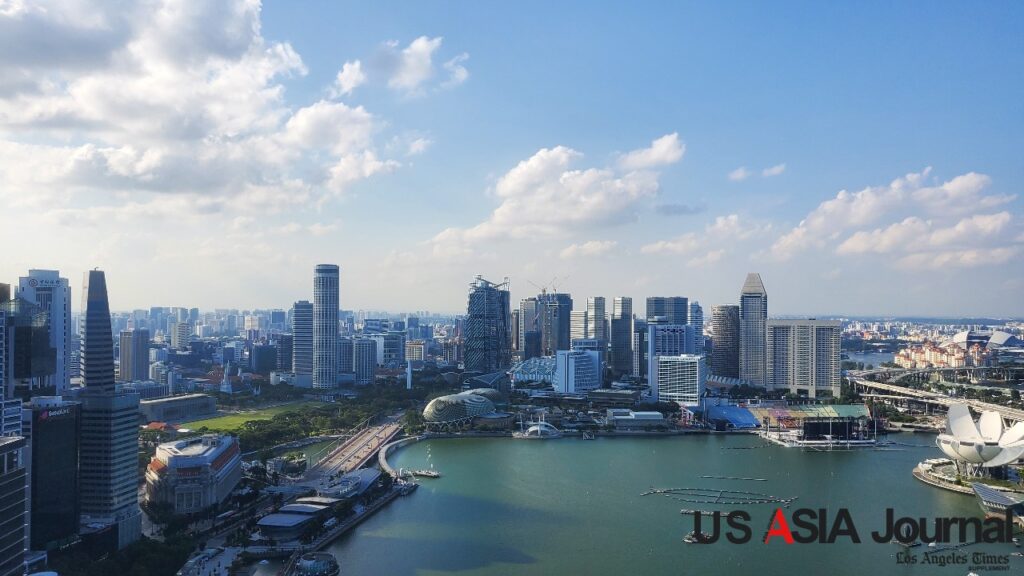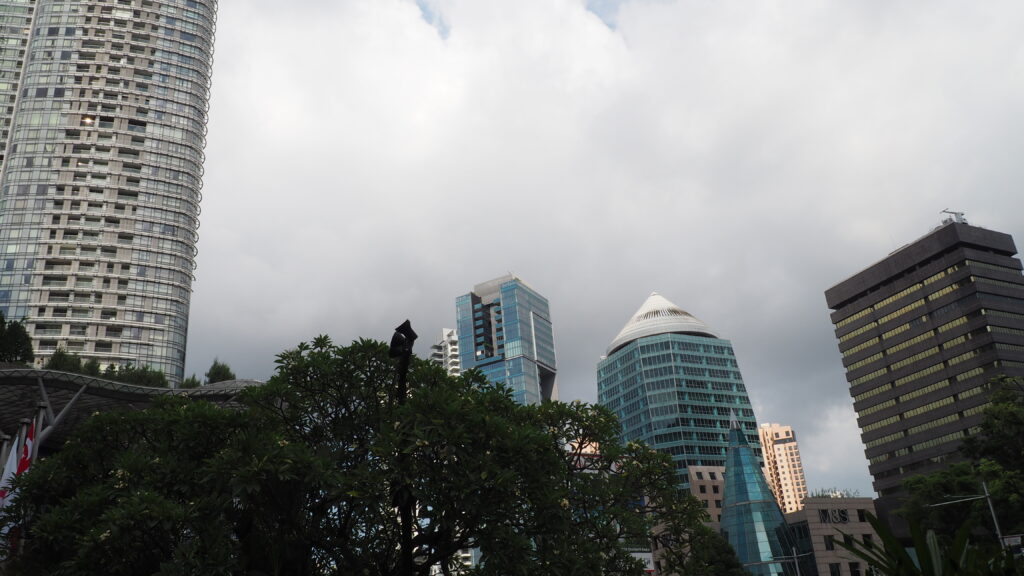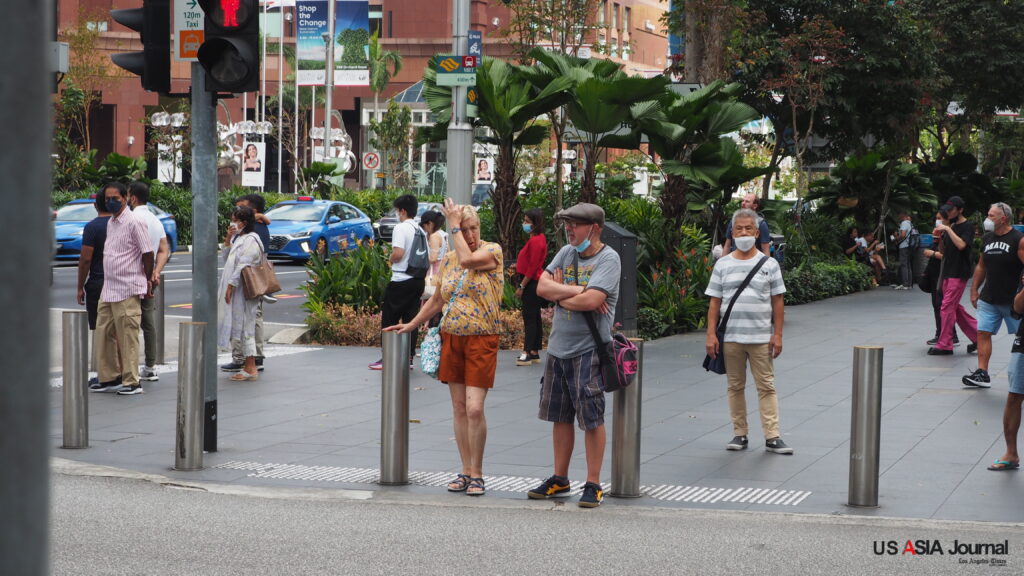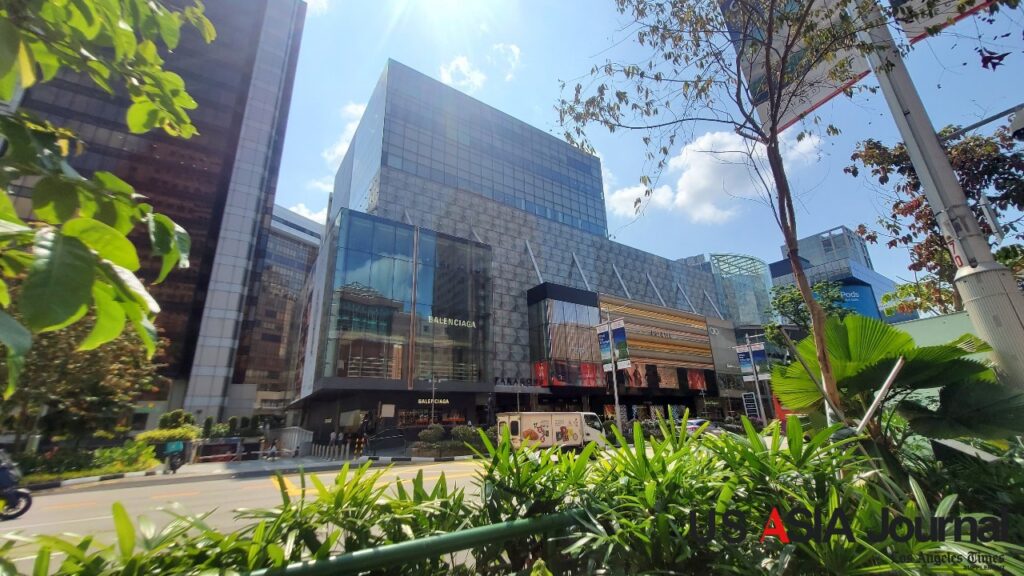
It is a forecast of population decline in 2100 compared to 2020 in Singapore and Korea. In other words, Singapore is down only 7%, but Korea can reduce 65%.
According to the United Nations, Singapore’s population reached 5.89 million in 2020 and 5.92 million last year. After peaking at 6.41 million in 2042, the U.N. predicted that the number will increase to 5.44 million by 2100.
The Korean population, which has maintained its population due to immigration and peaked at 51.83 million in 2020, is expected to show a steady decline.
If the current trend continues, the Korean population is expected to fall below 18 million by 2100.
As of 2018, Singapore is a “country of immigrants” where more than 40% of the total population came from abroad.
Malaysian is the mainstream, and Chinese immigrants are also important. Chinese people, including former Prime Minister Lee Kuan Yew, form Singapore’s elite.
Singapore’s population was also hit by COVID-19.
The Singaporean government said in its annual report, “The population of Singapore in 2020 is 4.1% less than in 2019, the largest decline since 1950.” It is interpreted as a result of the blockade measures caused by the aftermath of COVID-19.

However, since April, the population inflow has been recovering after the Singaporean government lifted quarantine measures such as restrictions on entry.
Singapore’s daily newspaper The Straits Times analyzed, “This is because the easing of the pandemic (pandemic pandemic) has made it easier for permanent residents to enter and leave the country overseas and the recruitment of job permits smooth.”
The number of Singaporean citizens increased only 1.6% from 3.5 million in 2020 to 3.55 million last year, while the number of foreigners who obtained permanent residency in Singapore increased 6.3% from 490,000 to 520,000 during the same period.

life and death in attracting talent
In Singapore, low birthrates and aging populations are also challenges to solve. Singapore’s total fertility rate hit a record low of 1.02 in 2020 and then recovered slightly to 1.12 last year.
However, it is analyzed that there is a limit to increasing the fertility rate.
Tan Porin, an associate professor of public policy at Lee Kuan Yew’s Graduate School of Public Policy, said, “The surest way to increase fertility is to promote immigration.”
In August, Singapore decided to establish a five-year employment visa for high-income foreigners and experts.
The move is aimed at attracting talented people who escaped during the COVID-19 blockade.
A five-year work visa will be issued to high-income earners with a monthly income of more than 30,000 Singapore dollars starting in January next year.
Professionals with outstanding performance in sports, science, and the arts are granted a work visa regardless of their income.
“In Singapore, where there are few natural resources, talent is the only resource,” Singapore’s Minister of Human Resources Development Tansreung explained the background of the introduction.

In a recent report, HSBC predicted that “Singapore will become the country with the largest number of millionaires in the Asia-Pacific region by 2030, beating Australia and Hong Kong.
” According to Henry & Partners, an investment immigration consulting firm, Singapore is the top three countries that have accepted millionaire immigration the most along with the United Arab Emirates and Australia this year.
Hong Kong, which competes for the Asian financial hub, has recently taken a sharp pro-China route, predicting that more wealthy immigrants will choose to go to Singapore.
EJ SONG
ASIA JOURNAL

